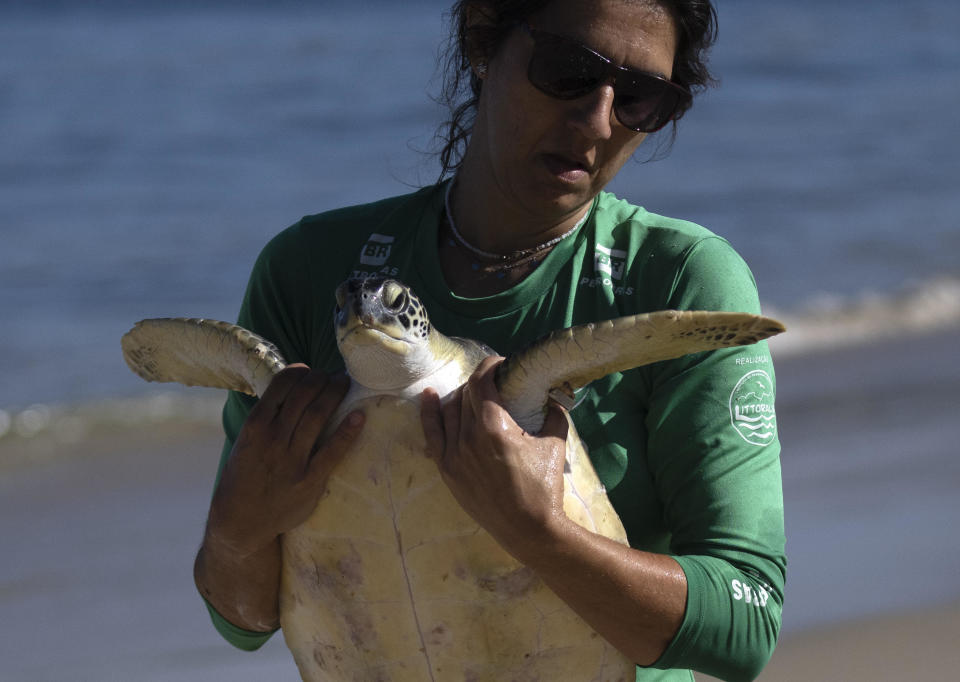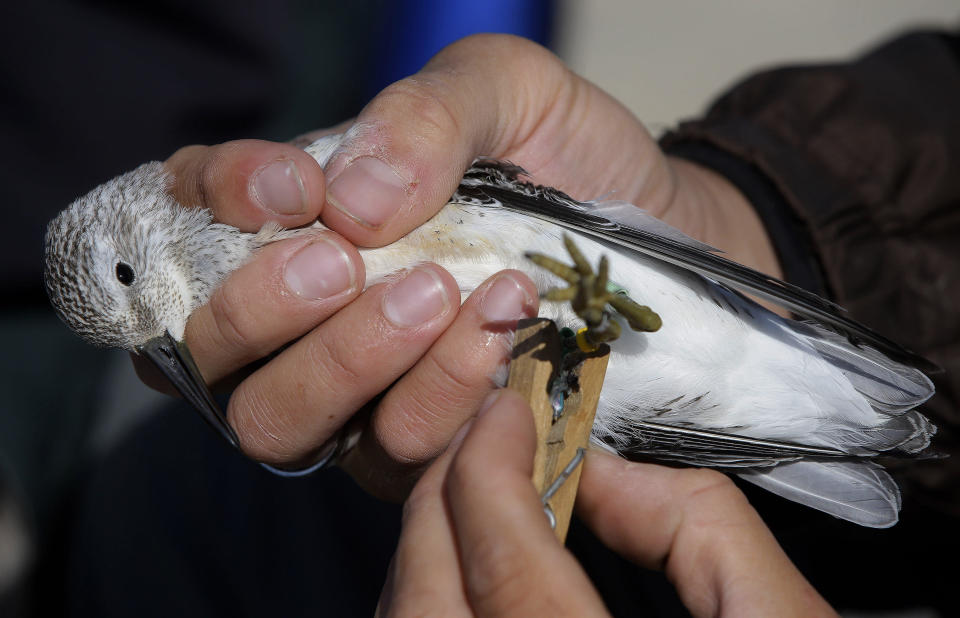From African elephants searching for water to turtles crossing the seas to nest to albatrosses foraging across oceans, the world’s migratory species are threatened across the planet, according to a landmark report on Monday.
The first Status of World Migratory Species assessment, focusing on 1,189 species covered by the UN Convention on the Conservation of Migratory Species of Wild Animals (CMS), found that one in five are at risk of extinction and 44 per cent of wild animal species are at risk of extinction. their population is decreasing.

Humans are to blame by destroying or fragmenting habitats, hunting and polluting areas with plastic, chemicals, light and noise.
climate change It also threatens to interfere with migration routes and timings by changing seasonal conditions.
“We understand that the phenomenon of migration itself is under threat,” CMS chief Amy Fraenkel told AFP, adding that the report should be “a wake-up call about what’s going on”.
The report was released as more than 130 signatory countries, not including the United States, China, Canada and Russia, gathered for a conference in Samarkand, Uzbekistan, from February 12 to 17.
“These are species that move around the world. They move to feed and breed, and they also need rest areas along the way,” the report’s lead author, Kelly Malsch, was quoted as saying by the Associated Press.
“Migration is vital for some species. If you stop migration, you kill species,” Duke University ecologist Stuart Pimm, who was not involved in the report, told the AP.


Migratory species often require very specific areas to feed and mate, and their journeys between them can cross international borders and even continents.
Iconic species that have made some of the most extraordinary journeys across the planet include the monarch butterfly, humpback whale and loggerhead turtle.
“Today’s report reveals evidence that unsustainable human activities are endangering the future of migratory species,” said Inger Andersen, chief of the United Nations Environment Program (UNEP).
Some factors behind the danger
Major threats include agriculture and fisheries.
Farming can destroy habitat, Fraenkel said, while “bycatch” (the entrapment of other fish or animals by fishing gear) by fishing boats is the biggest ongoing threat to whales.
He said habitat destruction was considered the main risk to migratory animals, but for some species the report found it was “intentional killing”, either for bushmeat or sport purposes, or because the animals were considered pests.
“There is a huge gap that we have now identified that requires action,” he said.
The report, compiled by UNEP’s World Conservation Monitoring Centre, found that 70 CMS-listed species, including the steppe eagle, Egyptian vulture and wild camel, have become increasingly endangered over the past three decades.
Only 14 now have improved conservation status, including blue and humpback whales and the white-tailed sea eagle.
by numbers
According to the report, 40 percent of the 158 mammals listed under the convention are threatened worldwide.
Meanwhile, nearly all (97 percent) of the 58 listed fish species, including migratory sharks, rays and sturgeons, are at high risk of extinction.
While more than 960 bird species are on the CMS list and only 14 percent are considered threatened, the authors emphasized that this still equates to 134 species.
The report also found that 399 migratory species, including albatrosses, ground sharks and stingrays, are classified as threatened or near threatened but are not yet on the CMS list.
The report, intended to contribute to the Samarkand conference, focuses on the species most at risk, highlighting threats from fishing, farming and pollution.
These are reminiscent of the flagship biodiversity agreement of 2022, under which countries agreed to protect 30 percent of the planet’s land and seas by 2030.
Many of the migratory species listed on the CMS provide beneficial economic value or “services” to humans, from tourism focused on whales, dolphins, elephants, and cheetahs to pollination provided by birds and bats.
But these species also connect communities around the world, Fraenkel said, and their departures and arrivals mark the passing of the seasons.
“They are truly magnificent creatures,” he said.
Paul Giamatti is a 2024 Oscar nominee for his movie “The Holdovers”
“Hello Vincent”: Artificial intelligence brings Van Gogh to life
Jon Stewart | 60 Minutes Archive